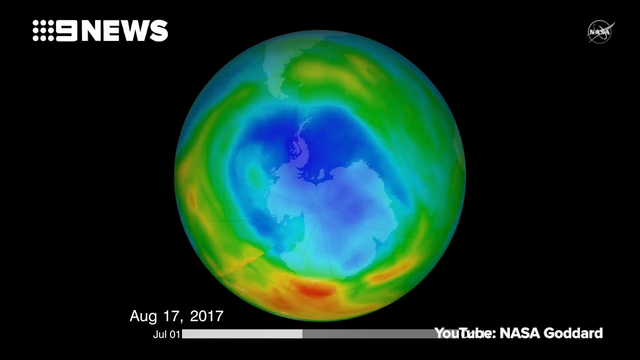The ozone layer is showing signs of continuing recovery from man-made damage and is likely to heal fully by 2060, new evidence shows.
The measures taken to repair the damage will also have an important beneficial effect on climate change, as some of the gasses that caused the ozone layer to thin and in places disappear also contribute to warming the atmosphere. Phasing them out could avoid as much as 0.5C (0.9F) of warming this century.
Recovery from the holes and thinning caused by aerosol chemicals has progressed at a rate of about 1 per cent to 3 per cent a decade since 2000, meaning the ozone layer over the northern hemisphere and mid-latitudes should heal completely by the 2030s, if current rates are sustained.
Over the southern hemisphere and in the more problematic polar regions, recovery will take longer, until the middle of this century in the former and about 2060 in the latter case.
The results, presented on Monday in a four-year assessment of the health of the ozone layer, represent a rare instance of global environmental damage being repaired, and a victory for concerted global action by governments.

 Join Daily Trust WhatsApp Community For Quick Access To News and Happenings Around You.
Join Daily Trust WhatsApp Community For Quick Access To News and Happenings Around You.


